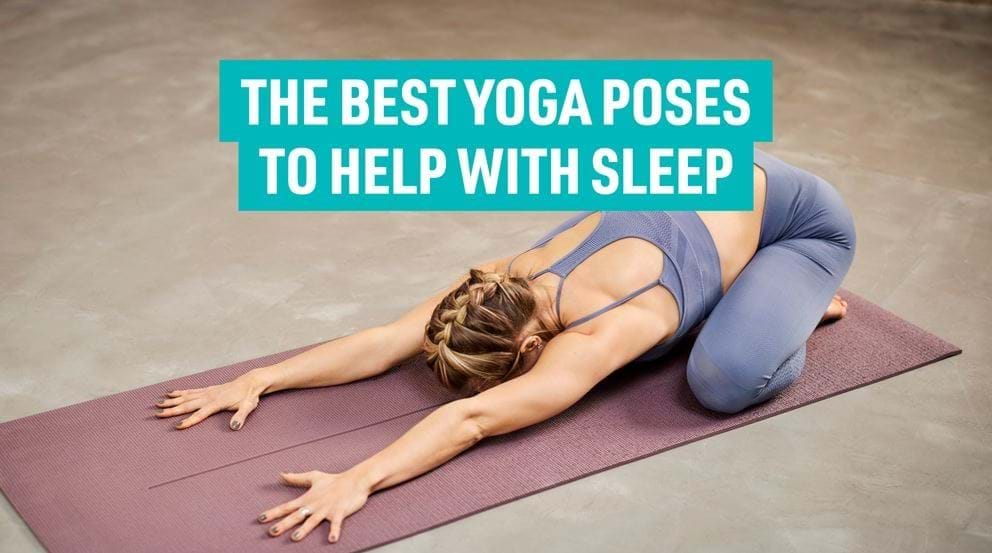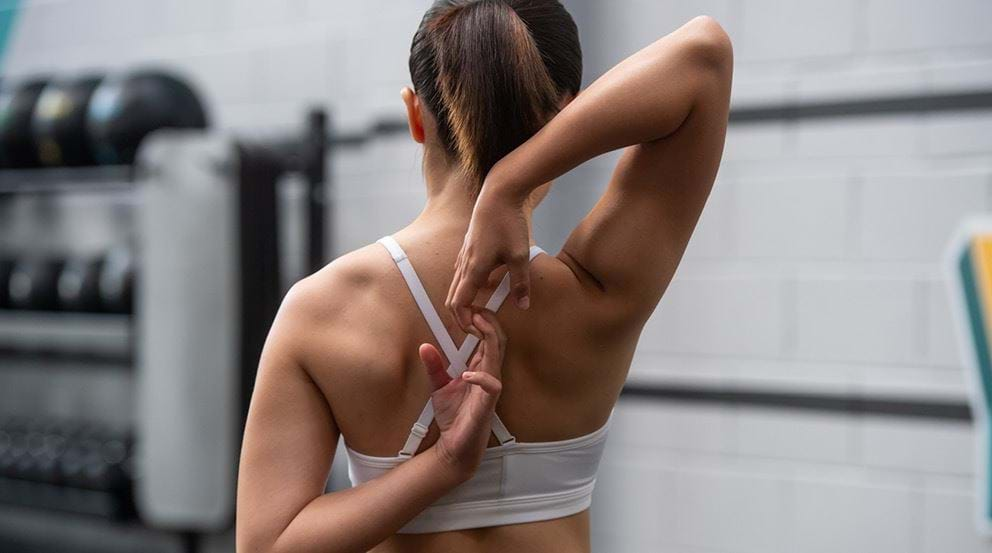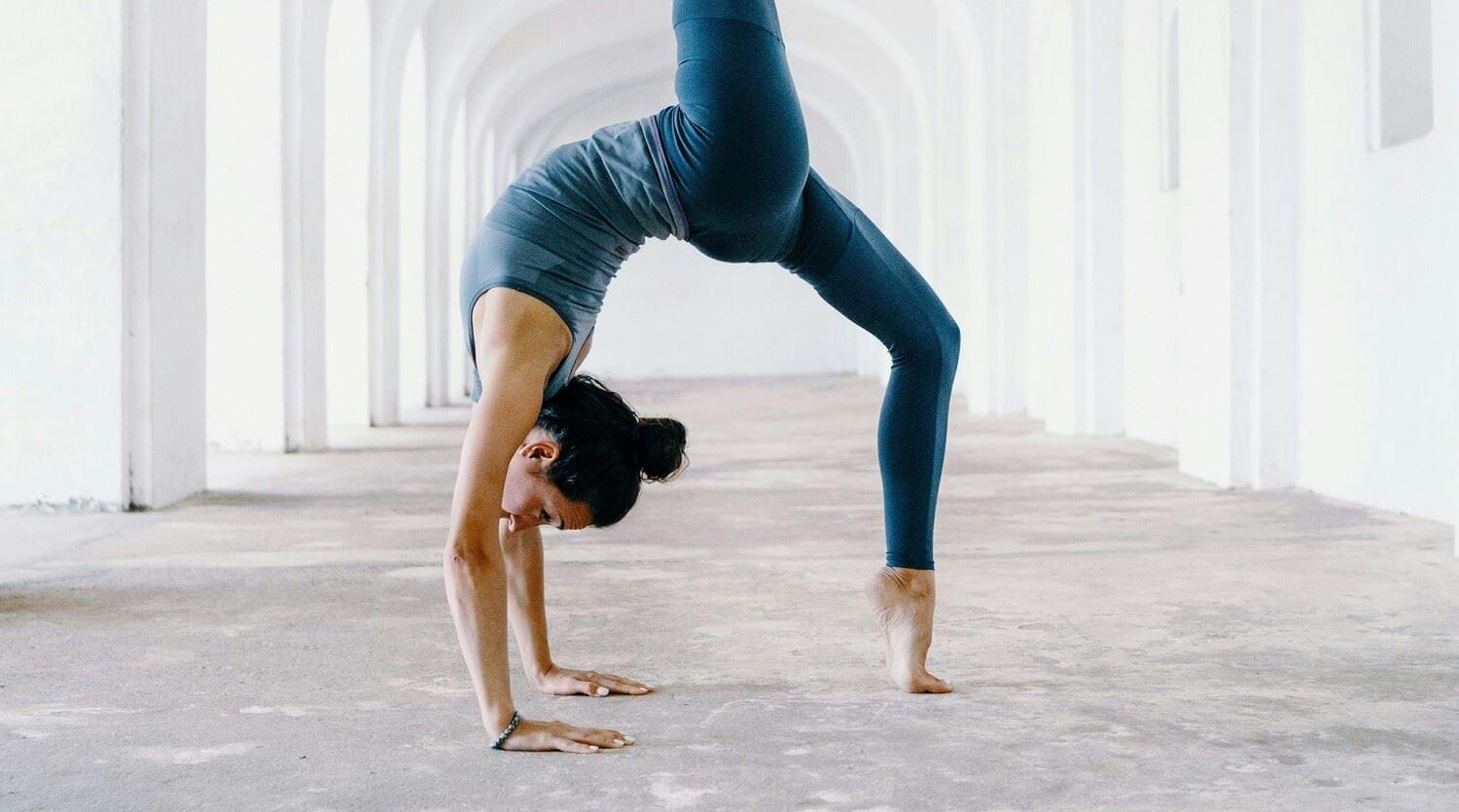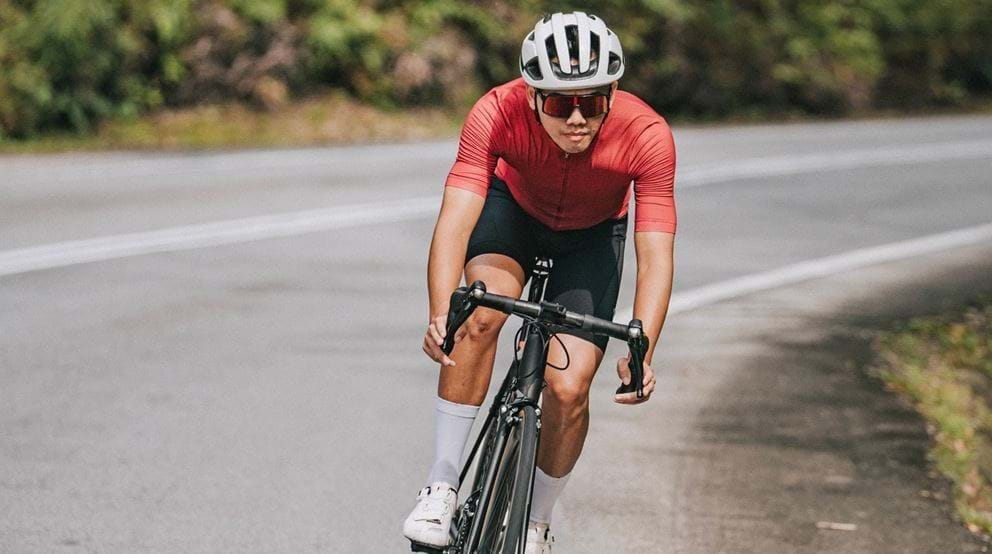The Best Yoga Poses For Sleep and Relaxation

If you struggle to get a good night's sleep or find it difficult to relax and unwind after a long day, it might be time to try yoga.
Here, PureGym Glasgow Clydebank Personal Trainer and qualified yoga instructor Steph Williams shares how yoga can help to improve your sleep, as well as her favourite yoga poses to do before bedtime.
What Is Yoga?
Yoga is an ancient practice which involves physical postures (asanas), breathwork (pranayama) and meditation. Consistent yoga practice can provide us with many benefits including reducing stress and anxiety, improving flexibility and strength, and helping to prevent injury.
Want to know more? Check out our yoga FAQs here.
How Can Yoga Help Improve Our Sleep?
While any form of exercise when done regularly can help to improve sleep, working out too close to bedtime can actually make it more difficult to nod off. In contrast, practicing yoga before bed can actually help to promote better sleep for a few reasons:
Yoga encourages full-body relaxation: The combination of deep stretching and meditation techniques can help you to let go of any stressful experiences from the day, any tightness, and be more present in both body and mind.
Yoga can regulate your sleep cycles: The hormone melatonin is responsible for regulating your sleep-wake cycle. Yoga has been shown to increase melatonin production, helping to regulate your body's natural sleep patterns.
Yoga can improve sleep quality: Not only can yoga help you fall asleep more easily, but it can also improve the quality of your sleep. The meditative aspect of a regular yoga practice can encourage you to experience deeper, more restful sleep.
Yoga improves breathing: Yoga can help to improve the quality of your breath and increase lung capacity, which can help you to relax and sleep more soundly.
Which Type Of Yoga Is Best For Improving Sleep?
There are several types of yoga, each with their own focus and format. Some types of yoga are high energy and intense, while others are slower and more relaxing. You can read more about some different varieties of yoga here.
If you are practicing yoga earlier in the day, you may want to go for a more energising practice like vinyasa -- you'll still get the benefits we mentioned earlier, and an energy boost for the day!
However, if you're looking to add yoga to your nightly routine, a slower practice will be more beneficial. Yin yoga is an excellent option, as it's slow passed and very meditative.
Yin encourages us to hold deeper stretches and postures for longer periods of time, typically around 3-5 minutes. Holding stretches for prolonged periods helps to target deeper connective tissue like fascia, which can help to reduce stiffness, prevent knots, and increase flexibility. All of this helps to reduce tension in the body which may have prevented a good night's sleep.
Yin also has mental benefits too. Focusing on staying still, often in poses which can feel uncomfortable, builds mental resilience. The practice encourages more focus on breathwork and can help to reduce stress and anxiety, ideal before you head to bed!
Although Yin is often viewed as a passive practice, you may feel uncomfortable in some of the deeper poses. Remember that if your body has been tense for a while, it will take time to loosen up. Focus on how your body feels and ease gently into the poses, reducing the intensity if needed, to avoid injury.
Yin can also make use of any props you have at home such as yoga blocks, cushions or blankets. Top tip: the belt from your dressing gown can double as a yoga strap if you need help getting into any more complicated poses!
Yoga Poses To Help You Get Better Sleep
When practicing yoga with the intention of getting a good night's sleep, there are a few things you can do to make your session even more effective. Create a quiet space, ideally with low lighting and some relaxing music, to help your mind begin to unwind. Practicing at a consistent time each night will help to signal to your body that it's time to sleep, helping to build a reliable sleep pattern.
If you're interested in incorporating yoga into your bedtime sleep routine, here are a few poses you can try. Try holding each pose for at least 10 slow breaths, and focus on sending the breath to where it feels tight.
Child's pose: this pose involves sitting back on your heels and stretching your arms out in front of you to release any tension in the hips or back.
- Start on your hands and knees in a tabletop position, with your wrists under your shoulders and knees under your hips.
- Exhale and drop your hips backwards, resting your bottom on your heels.
- Stretch your arms forward, allowing your chest to drop to the ground between your hands. If you have trouble resting your upper body on the ground, try placing a pillow or blanket underneath your chest for support.
- Relax your shoulders and let your forehead drop to the ground.
- Hold the pose for as long as you're comfortable, breathing deeply.
- To release the pose, bring your hands back to your sides and sit back on your heels.
Legs up the wall: lying on your back with your legs resting against a wall. It can help to relax the lower back, relieve tired legs and feet, reduce stress and improve circulation.
- Find a clear space against a wall or door, bring your hips as close to it as possible and swing your legs upwards so your body is in a perpendicular position. If you have difficulty bringing your hips close to the wall, try using a block or rolled-up blanket to support your lower back.
- Adjust your body so that your hips are as close to the wall as possible and your legs are straight up. If you have tight hamstrings, you may find it more comfortable to bend your knees slightly.
- You can either let your arms rest by your sides or extend them above your head.
- Hold the pose for as long as you are comfortable, breathing deeply.
- To release the pose, bend your knees and roll to one side before pushing yourself up to a seated position.
Thread the needle: this pose stretches the upper back and can aid in digestion, helping you to relax and sleep better. Remember to keep your core engaged and your shoulders relaxed as you hold the pose. It's also important to listen to your body and only go as far as you feel comfortable. If you have any injuries or limitations, feel free to modify the pose as needed.
- Begin in a tabletop position on your hands and knees, with your wrists underneath your shoulders and your knees underneath your hips.
- Take a deep breath in and, as you exhale, feed your right arm underneath your left arm and thread it through the space between your left arm and body.
- Tuck your right shoulder blade under your left armpit and bring your right ear towards your left shoulder.
- Stay in this position for 5-10 breaths, then release and switch sides.
Pigeon: pigeon involves deeply stretching into the hip and groin. Our hips store a lot of tension so this pose can be a little intense, and requires mobility in the hips and knees. However, props (such as a folded-up blanket or pillow) can be used to pad under the groin and lift the hips higher, making the pose more accessible if you have limited flexibility.
- Start in a downward-facing dog position, with your hands and feet on the mat and your hips lifted towards the ceiling.
- Bring your right knee towards your right wrist, and slide your right ankle towards the left wrist. Keep your left leg extended behind you.
- Lower your hips down towards the mat, and walk your hands forward until your arms are extended in front of you.
- Lower your chest down towards the mat, and rest your forearms on the mat.
- Hold the pose for a few breaths, and then come back to the downward-facing dog position.
- Repeat on the other side by bringing your left knee towards your left wrist, and sliding your left ankle towards the right wrist.
Corpse pose: this classic resting pose is usually done at the end of yoga practice. Remember to keep your body in a comfortable and natural position, and to use props such as blankets or blocks if needed to support your body. It's also important to find a quiet and peaceful environment for corpse pose, as it helps to facilitate relaxation and mindfulness.
- Find a comfortable place to lie down on your mat, with enough room for you to fully stretch out.
- Lie down on your back, with your feet about hip-width apart and your arms by your sides, palms facing up. You can also lie with the soles of your feet together or your knees falling inwards to help with internal and external rotation of the hips.
- Close your eyes and take a few deep breaths, focusing on the sensation of the breath moving in and out of your body.
- Relax your entire body, starting from the top of your head and working your way down to your toes. Let go of any tension or stress that you may be holding in your muscles.
- Stay in the pose for as long as you like, continuing to focus on your breath and allowing your body to fully relax.
In addition to these poses, you may also want to try incorporating some relaxation techniques into your bedtime routine, such as deep breathing or guided meditation. Sweet dreams!
You can discover more yoga poses that are perfect for newbies here, or download the free PureGym app for on demand yoga classes. If Steph has inspired you to start your yoga journey, then check out our PureGym yoga classes. And remember it doesn't have to be yoga or the gym, it can be both. You can even use your workout to boost your yoga performance.


